This Will Be Linsey Corbin's 14th Ironman World Championship As A Pro
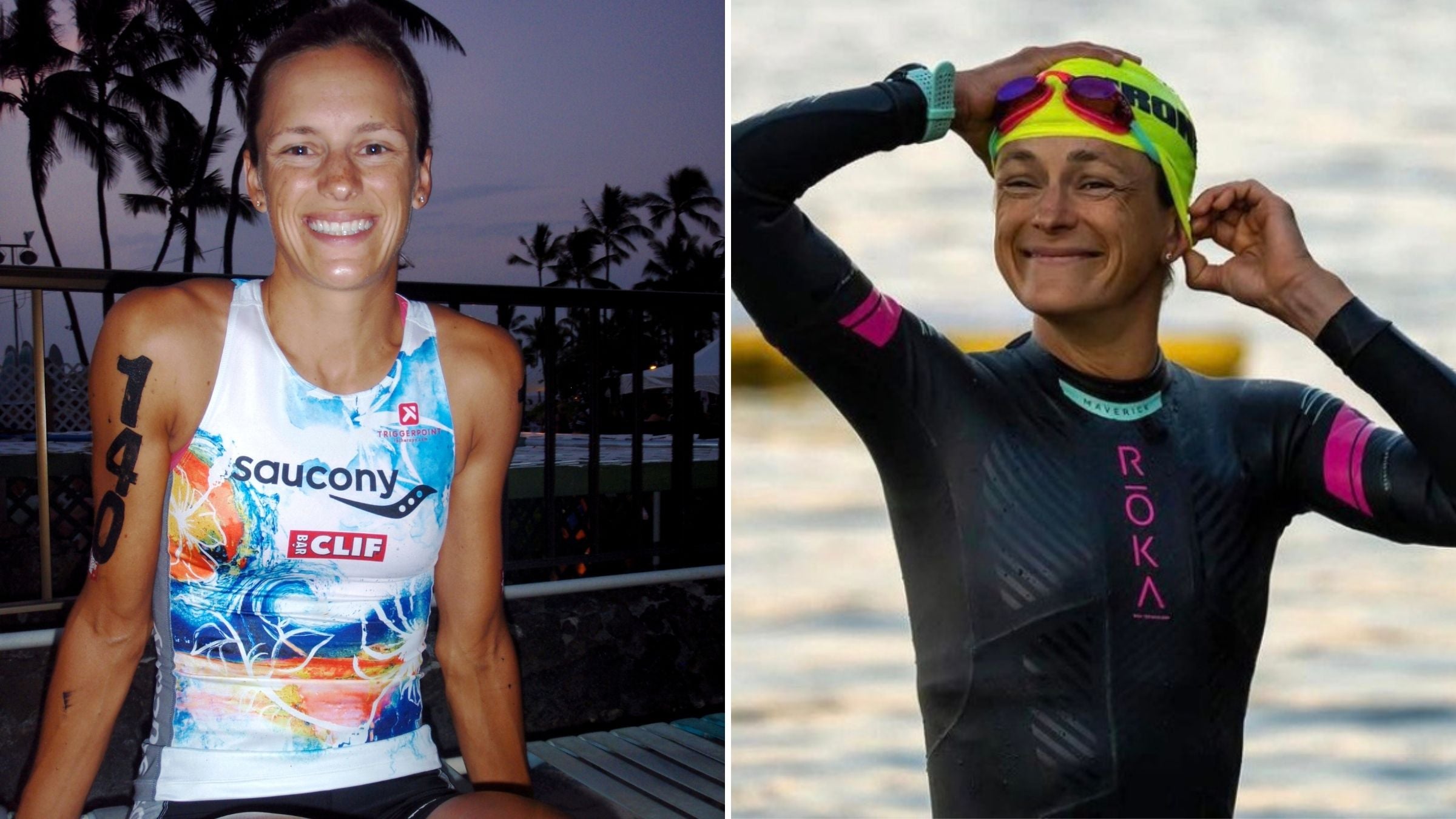
(Photo: Chris Corbin)
There are a few athletes who have finished more Ironman World Championship races, lined up as a professional triathlete on the biggest stage a couple of more times, but not many. And not many have done it so consistently, repeating top 15 performances year after year after year.
When Linsey Corbin toes the start line at Ironman St. George on May 7, she’ll be going for her 14th Ironman World Championship finish as a professional. It’ll be the most in the pro men’s or women’s fields. (Andy Potts has 11 finishes and will be going for his 12th in St. George.)
Her goal for the race? To earn her Kona spot for the 2022 Ironman World Championship back on the Big Island in October and make it to 15 finishes. Fifteen finishes in the top 15 in the world—except for that first year, way back in 2006.
It’s been a journey.
RELATED: How to Watch the Ironman World Championship in St. George
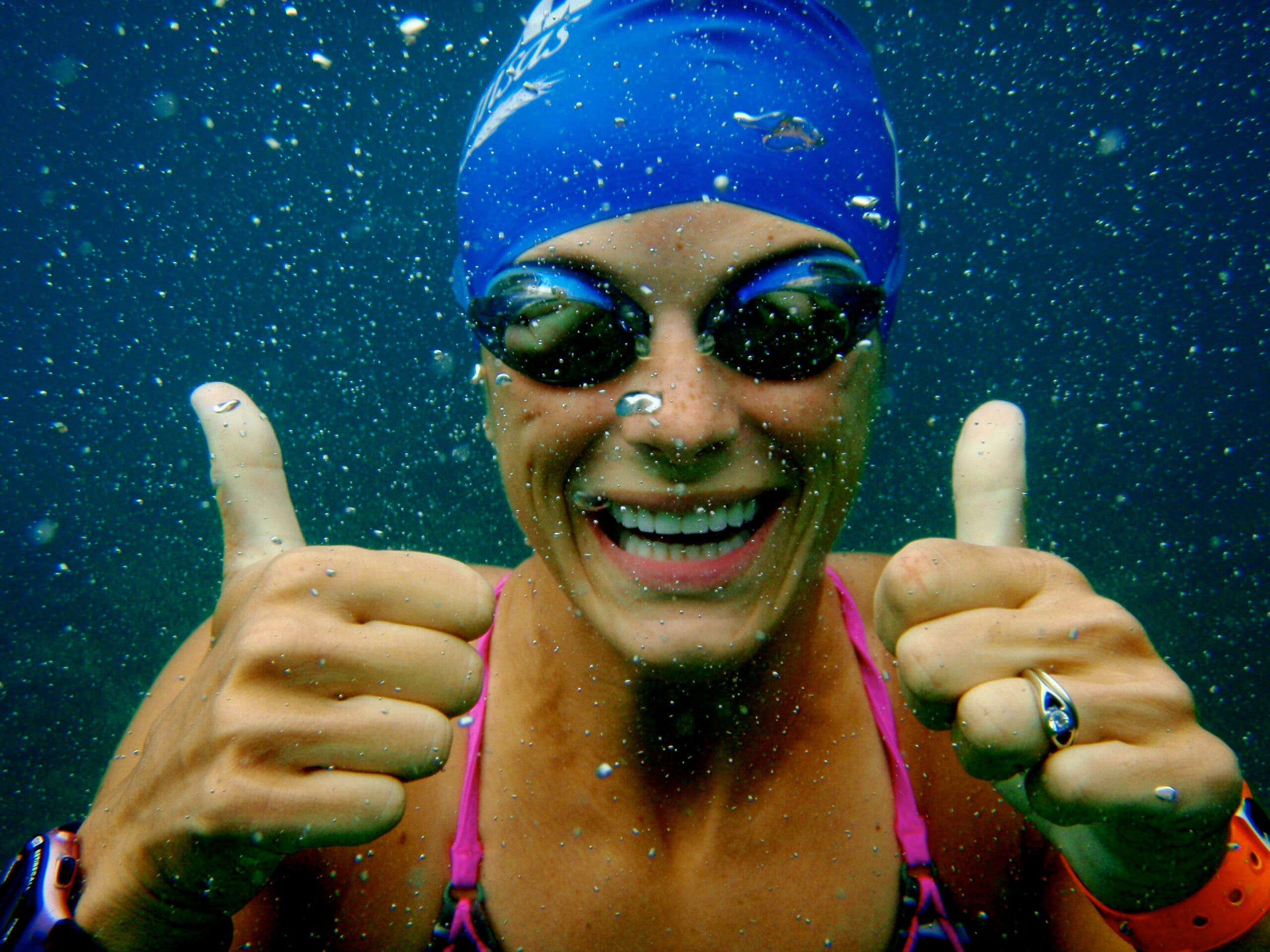
2006
Five weeks before her first world championship race as a pro, the 25-year-old Corbin got hit by a car and shattered her collarbone. She was determined to start (and finish) anyway—thinking she might not get another chance.
“I was like ‘I am doing this race, if it’s the last thing I do,’ because I thought I was only doing it once, it was a once-in-a-lifetime thing,” she said.
She wasn’t able to swim until the week of the race and did all of her riding indoors in the pre-Zwift era. She opted not to have her collarbone plated and did her run training with a brace on her back. She had also just gotten married and convinced her husband, Chris, to honeymoon in Kona post-race.
“It was my worst finish (23rd), but probably also the most fun I had.” It was low stakes, no pressure, just loving being out there on the famous course.
![Linsey Corbin (born February 16, 1981) is an American triathlete who races primarily in non-drafting, long-distance events. In 2011, she took third place at the Ironman 70.3 World Championship.[2] An Ironman Triathlon is one of a series of long-distance triathlon races organized by the World Triathlon Corporation (WTC) consisting of a 2.4-mile (3.86 km) swim, a 112-mile (180.25 km) bicycle ride and a marathon 26.2-mile (42.2 km) run, raced in that order and without a break. Most Ironman events have a strict time limit of 17 hours to complete the race, where the Ironman race starts at 7:00 AM, the mandatory swim cut off for the 2.4-mile (3.9 km) swim is 2 hours 20 minutes, the bike cut off time is 5:30 PM, and all finishers must complete their marathon by midnight. The name Ironman Triathlon refers to both the original Ironman triathlon and the annual Ironman World Championship. Also called Ironman Kailua-Kona, the world championships of the event, held annually in Hawaii since 1978 (with an additional race in 1982), are now preceded by a series of qualifying events. Ironman Triathlon became known for its grueling length, harsh race conditions, and television coverage.](https://cdn.triathlete.com/wp-content/uploads/2013/10/QueenK_HOY-8331-e1651186165547-720x376.jpg?width=1920&auto=webp&quality=75&fit=cover)
2007 & 2008
The next two years delivered opposite ends of the spectrum, as Kona so often does: 2007 was the only year Corbin DNF’d. She had bursitis and was trying to hide her injury from a house full of her parents and her husband’s parents. At the top of Palani Road on the run course, as she dragged her leg behind her, her coach pulled her out.
Then she came back in 2008 and “surprised everyone, including myself,” she said, and got 5th. It was her best place—though the 8th place in 2012 she thinks was actually her best performance. But it wasn’t her favorite year; her favorite year was in 2013.
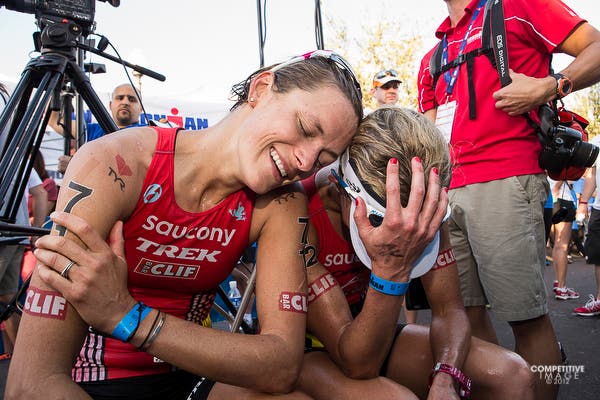
2013
“It was the year I surprised myself the most,” she said. A stress fracture had prevented her from running until three weeks before and her longest run was just nine miles. Because of that she felt no pressure. She remembers getting to mile 9 of the run in Kona and thinking: ‘Well, this is your longest run now.’ She stayed tough and ended up winning a sprint finish for 10th place.
“It was one of those years where you perform way better than you’re physically capable of.” Those highs are what the race is all about.
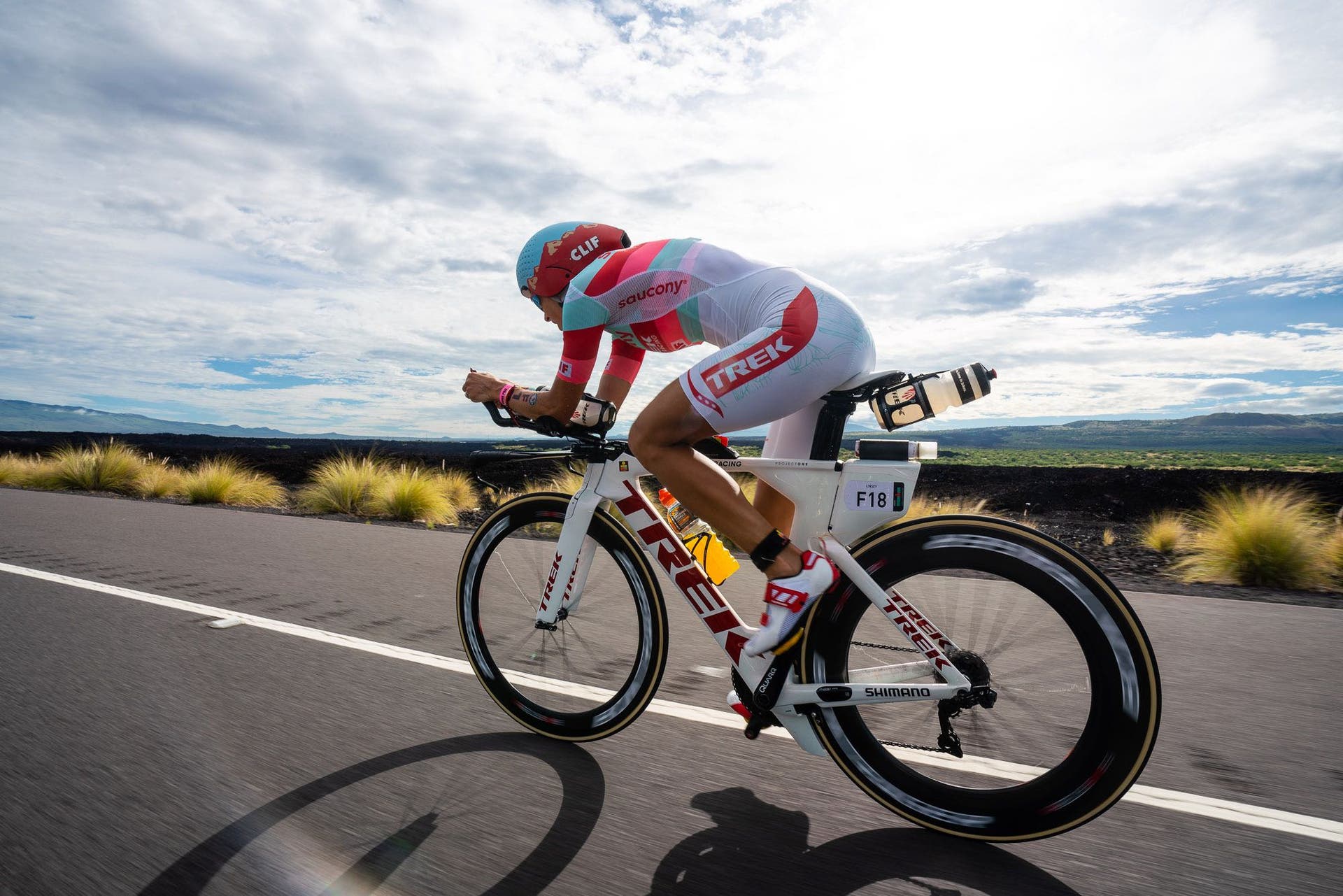
What she’s learned
So often an Ironman, especially in Kona, especially in a world championship race, comes down to that last 10K—what Corbin has nicknamed “the turtle derby,” meaning a race of who slows down the least. And if you can get to that point and still be moving well, that’s when you can be gritty, she said, and you can look all the way down the road at the women in front of you and just put one foot in front of the other.
Ask yourself: “Are you doing the best you can?” she said, and stay present in that moment.
Corbin has been gritty in those last miles over and over, fighting her way to 10th again the last two years (2018 and 2019), more than ten years after her first top 10. She has six of the famous Kona salad bowls—the wooden bowl prizes given to the top ten pro women and pro men—sitting on her shelf. She’s raced through Michellie Jones winning, the Chrissie Wellington era, and now into Daniela Ryf’s domination. The women’s field has gotten faster, she said, and more competitive, no question. At the last Ironman World Championship in 2019, it took 9:09 for her to secure 10th place. In 2008, she got 5th with a 9:28.
From the outside, it’s looked so consistent. She missed just one race in all that time (2015) and DNF’d one (2007). She’s been 5th, she’s been 8th, she’s been 10th, 11th, 12th. But, from the inside, there have been ups and downs.
Those years when the expectations were so high and she’d poured her heart and soul into the race, and she came away with an 11th or a 12th—no prize money, no top ten. Those years were tough. “I remember just sitting on the plane and being totally heartbroken,” she said.
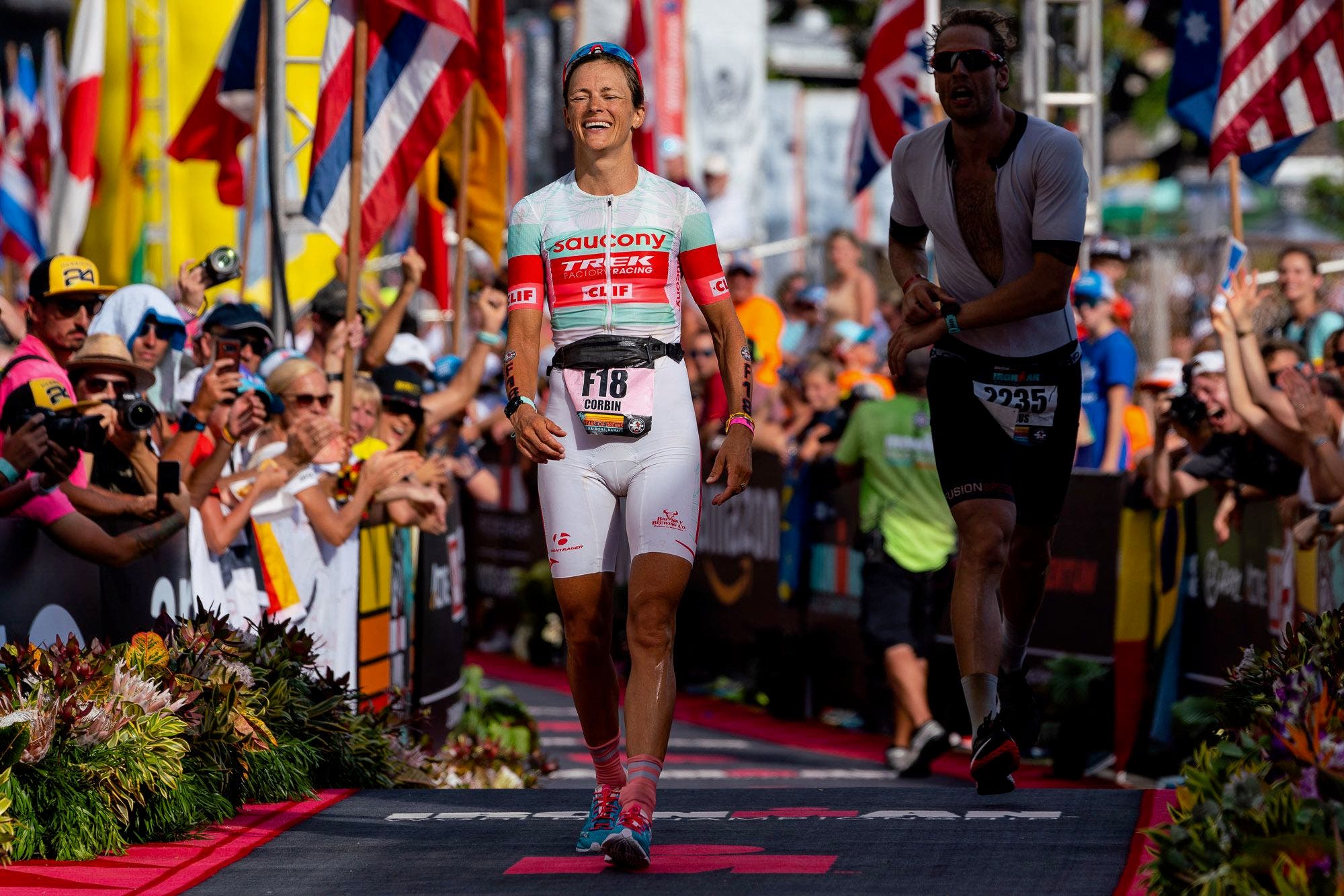
Looking back, she mostly just wishes she hadn’t taken some of those years for granted. She wishes she hadn’t thought 8th was no big deal at the time. “I wish I appreciated it more,” she said.
But as she’s moved through her career, she’s learned “that one race doesn’t define who you are.” And she’s learned that what she remembers most isn’t even whether she was 10th or 13th, it’s the turtle she saw when she was warming up in 2008 or the month-long training camp with Ben Hoffman or the friendships she made along the way. Those are the things she remembers.
And that’s the advice she’d give everyone just starting out on their first Ironman World Championship: “Appreciate what you’re doing and how cool it is.” Everyone out there is doing it together, just not all of us as well for as long as she has.

Can’t get enough Ironman World Championship coverage? Bookmark this page for the latest news and insider info from St. George.